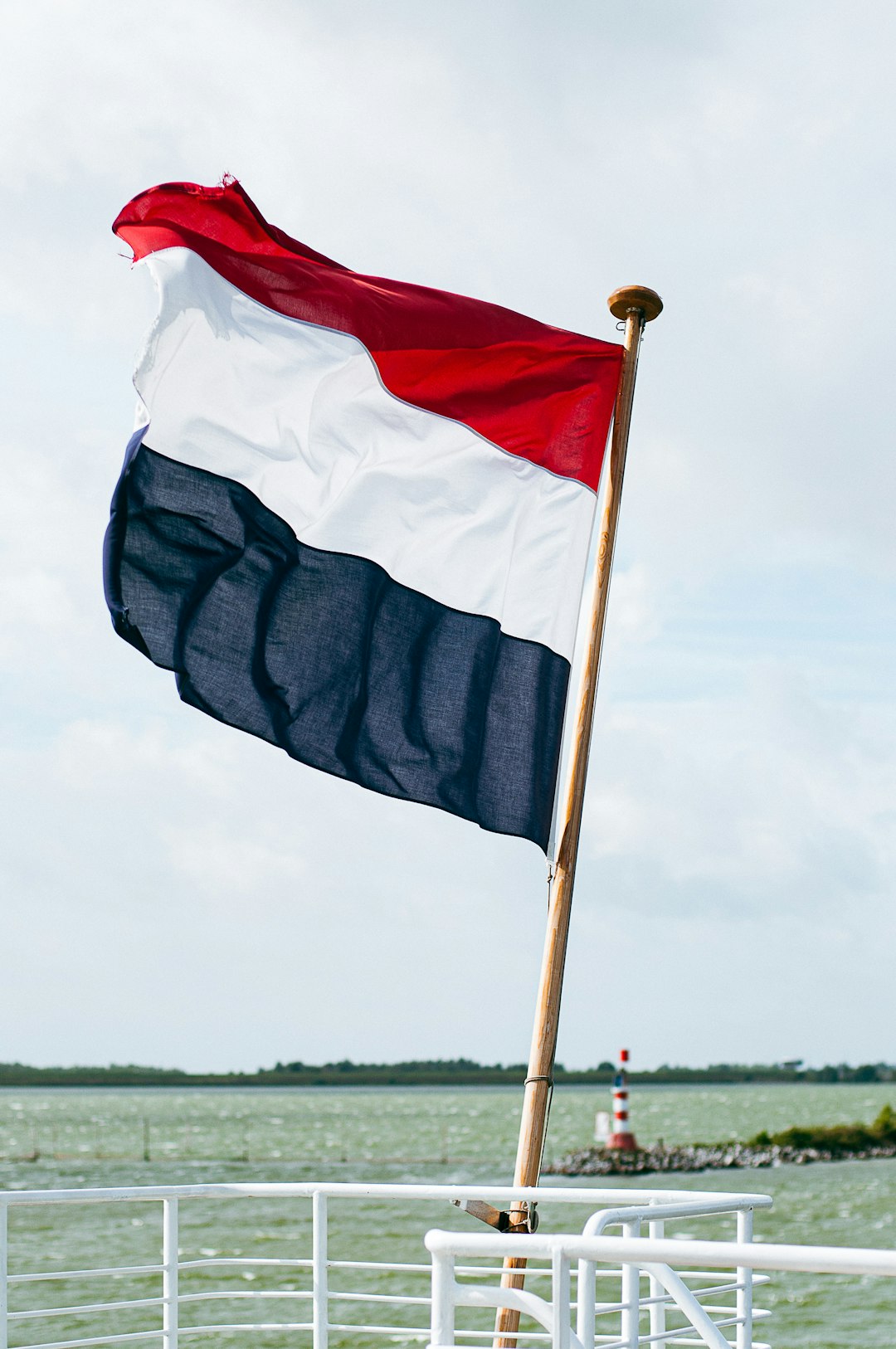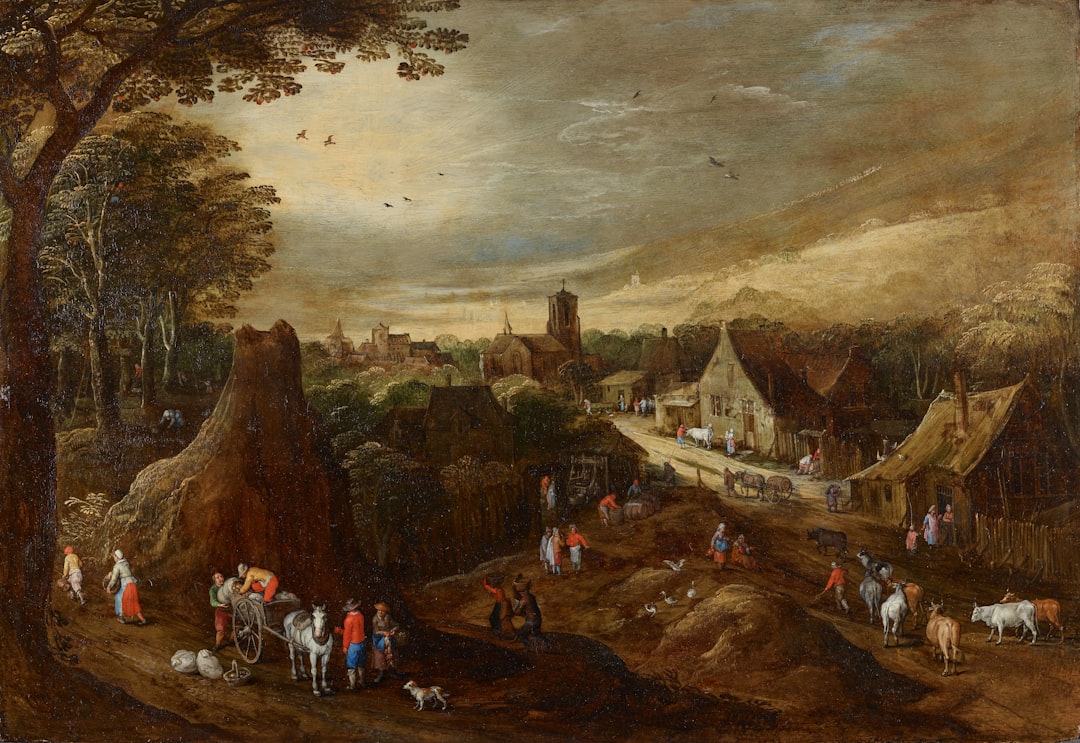Dutch vs. Flemish
What's the Difference?
Dutch and Flemish are two closely related languages that are spoken in the Netherlands and Belgium, respectively. While they share many similarities, there are also some notable differences between the two. Dutch is the official language of the Netherlands and is spoken by the majority of its population. Flemish, on the other hand, is a variant of Dutch spoken in the northern region of Belgium known as Flanders. The main difference between the two lies in the pronunciation and vocabulary. Flemish tends to have a softer and more melodic pronunciation compared to Dutch, and it also incorporates some French words due to Belgium's historical ties with France. Despite these differences, Dutch and Flemish speakers can generally understand each other with ease, making communication between the two groups relatively seamless.
Comparison

| Attribute | Dutch | Flemish |
|---|---|---|
| Language | Dutch | Flemish |
| Official Language | Netherlands, Belgium, Suriname, Aruba, Curaçao, Sint Maarten | Belgium, Netherlands (Flanders region) |
| Native Speakers | 24 million | 6.5 million |
| Country | Netherlands, Belgium, Suriname, Aruba, Curaçao, Sint Maarten | Belgium, Netherlands (Flanders region) |
| Region | Netherlands, Belgium, Suriname, Aruba, Curaçao, Sint Maarten | Belgium (Flanders region) |
| Accent | Various accents across the Netherlands | Various accents across Flanders |
| Spelling | Standardized Dutch spelling | Standardized Dutch spelling |
| Vocabulary | Some differences in vocabulary usage | Some differences in vocabulary usage |
| Pronunciation | Some differences in pronunciation | Some differences in pronunciation |
| Grammar | Similar grammar rules | Similar grammar rules |

Further Detail
Introduction
Dutch and Flemish are two closely related languages that are spoken in the Netherlands and Belgium respectively. While they share many similarities, there are also distinct differences between the two. In this article, we will explore the attributes of Dutch and Flemish, including their linguistic characteristics, cultural influences, and regional variations.
Linguistic Characteristics
Dutch and Flemish belong to the West Germanic branch of the Germanic language family. They are mutually intelligible to a large extent, with speakers of one language generally able to understand the other. However, there are some differences in pronunciation, vocabulary, and grammar that set them apart.
One notable distinction is the pronunciation of certain sounds. Flemish tends to have a softer pronunciation, while Dutch has a more guttural sound. For example, the Dutch "g" is often pronounced as a harsh guttural sound, whereas in Flemish it is softer and closer to the English "h" sound.
Vocabulary differences also exist between the two languages. While many words are shared, there are regional variations and loanwords that differ. For instance, the Dutch word for "car" is "auto," while in Flemish it is "wagen." These variations can sometimes lead to confusion or misunderstandings between speakers of the two languages.
Grammatical differences are relatively minor, but they do exist. For instance, Dutch tends to use the word "hebben" (to have) more frequently than Flemish, which often uses the word "zijn" (to be) in certain contexts. Additionally, Flemish tends to use more French loanwords in its vocabulary due to historical and cultural influences.
Cultural Influences
The cultural influences on Dutch and Flemish are closely intertwined due to their geographical proximity and shared history. Both languages have been influenced by neighboring countries and historical events, shaping their vocabulary, idioms, and cultural expressions.
Dutch has been influenced by German, French, and English, among other languages. This is evident in its vocabulary, where loanwords from these languages are common. Additionally, Dutch literature and art have been influenced by various cultural movements, such as the Dutch Golden Age and the Netherlandish Renaissance.
Flemish, on the other hand, has been heavily influenced by French due to Belgium's historical ties with France. French loanwords are more prevalent in Flemish vocabulary, particularly in domains such as politics, law, and administration. Flemish literature and art have also been shaped by French cultural movements, such as Symbolism and Surrealism.
Despite these influences, both Dutch and Flemish have managed to preserve their unique cultural identities. They have rich literary traditions, celebrated painters, and distinct regional customs that contribute to their cultural heritage.
Regional Variations
Both Dutch and Flemish have regional variations that reflect the diversity within their respective countries. These variations can be attributed to historical, geographical, and cultural factors.
In the Netherlands, there are several dialects spoken alongside Standard Dutch. These dialects, such as Brabants, Limburgish, and Gronings, have their own unique characteristics and vocabulary. They are often spoken in specific regions and can differ significantly from Standard Dutch in pronunciation and grammar.
In Belgium, Flemish is spoken across the country, but there are also regional variations that reflect the linguistic diversity within the Flemish community. For example, West Flemish, East Flemish, and Brabantian are distinct dialects that have their own specific features and vocabulary.
These regional variations contribute to the cultural richness of both Dutch and Flemish-speaking communities. They showcase the diversity and local identities within the broader linguistic framework.
Conclusion
Dutch and Flemish are two closely related languages that share many similarities but also have distinct differences. While they belong to the same language family and are mutually intelligible to a large extent, differences in pronunciation, vocabulary, and grammar set them apart. Cultural influences and regional variations further contribute to the uniqueness of Dutch and Flemish. Understanding and appreciating these attributes can enhance our appreciation for the linguistic and cultural diversity within the Netherlands and Belgium.
Comparisons may contain inaccurate information about people, places, or facts. Please report any issues.